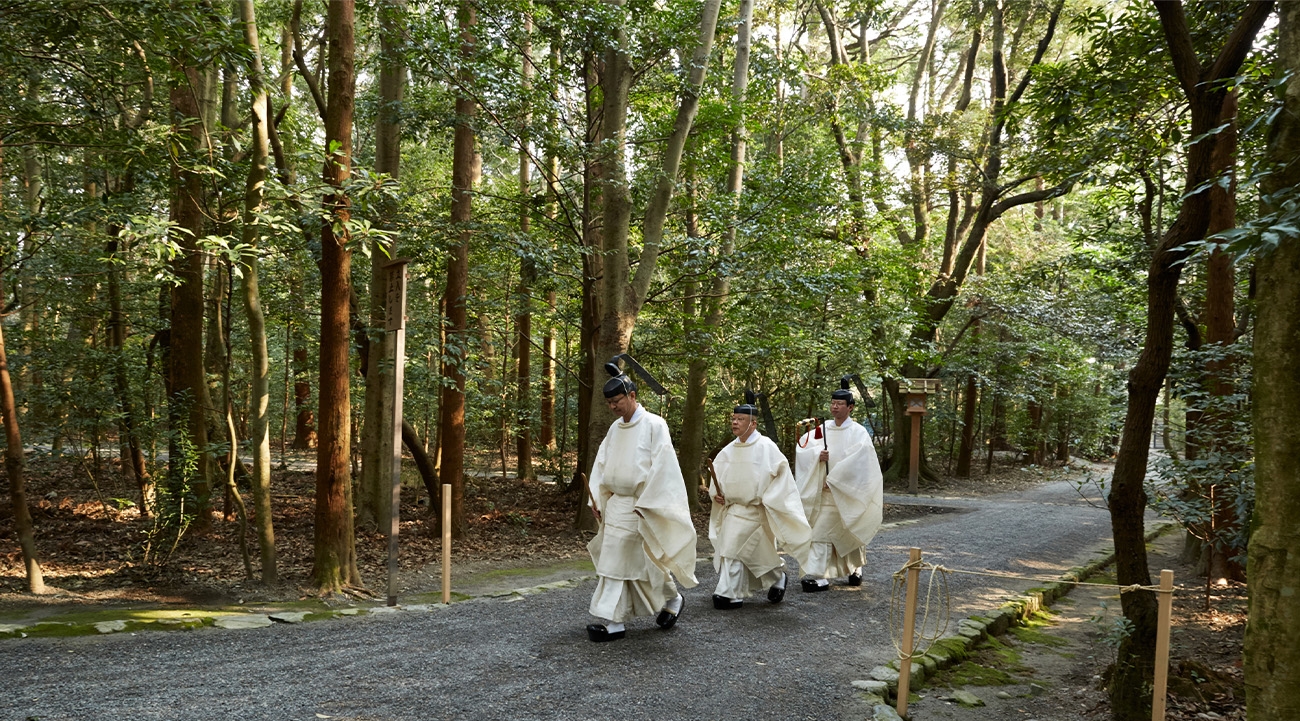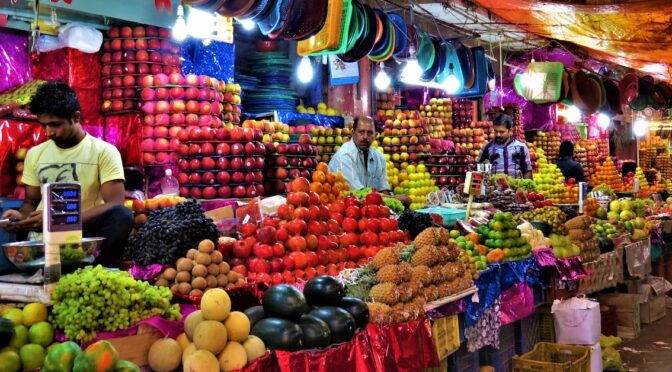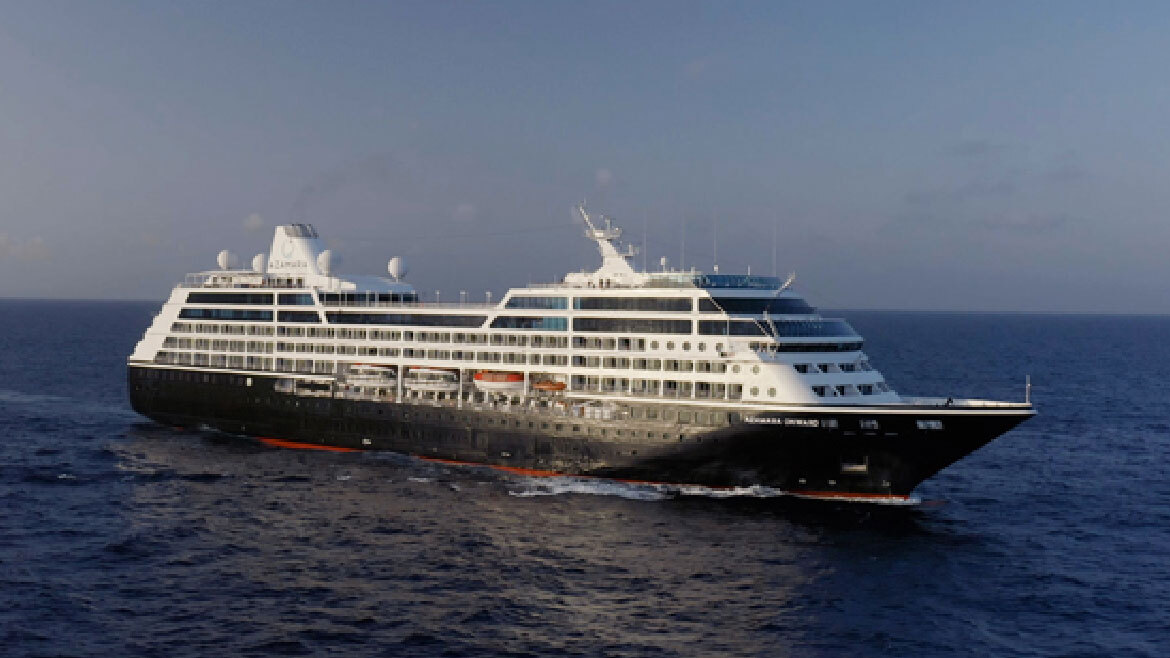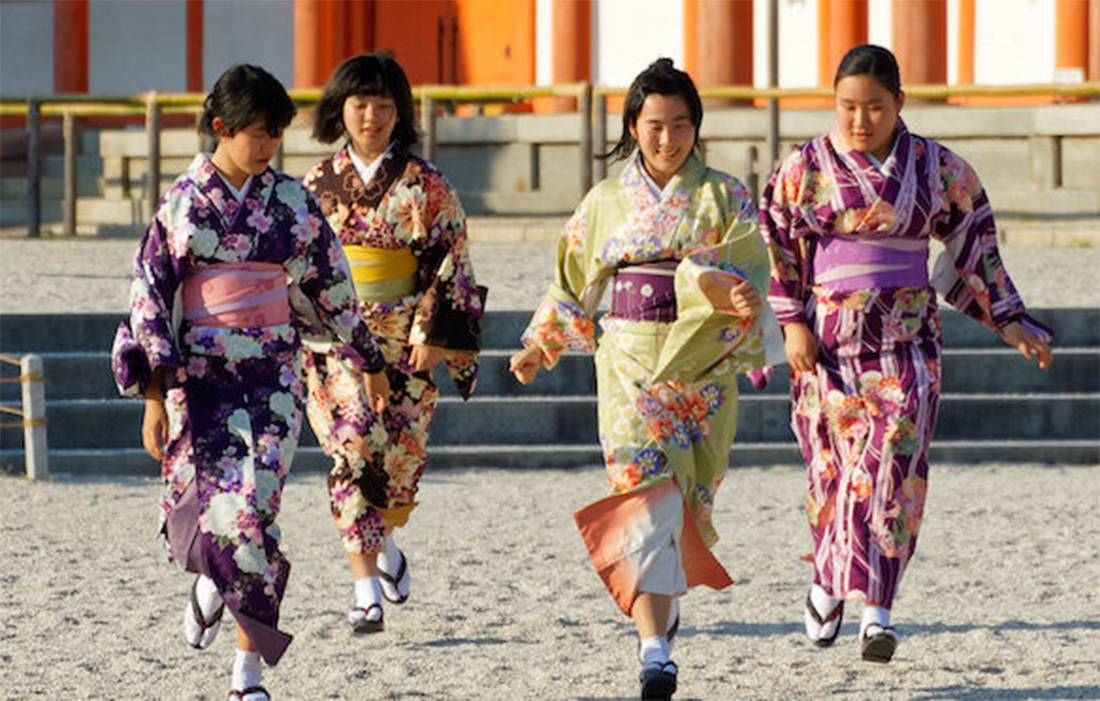Hidden depths: Exploring cultural traditions and luxury product in Japan's Mie prefecture
Some parts of Japan feel so special, you’re inclined to keep them a secret. Mie prefecture is one of them. Resting on the eastern side of the Kii Peninsula – a central strip of land on Honshu island – in the region of Kansai, this is coastal Japan at its very best.
Bathed in natural beauty, its defining asset is a sweeping 600-mile stretch of Pacific coastline, dotted with tiny fishing towns and calm bays and inlets, complemented by vast swathes of protected cedar forest, where bubbling hot springs, centuries-old pilgrimage trails and ancient shrines reside. Cultural heritage and age-old traditions enrich every experience here, giving guests a greater lens on wider Japan – just four hours outside of Tokyo.

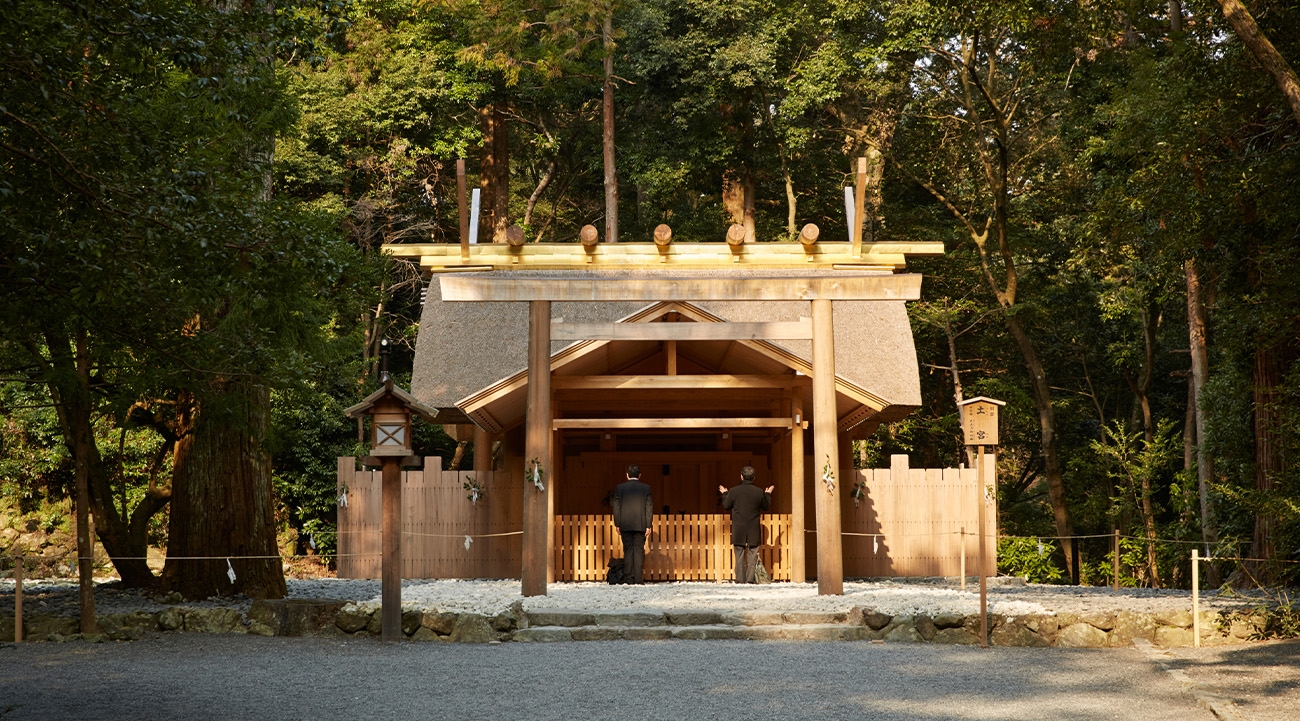
Ocean connection
Coastal industries thrive in this diverse and bountiful region. Mie prefecture is synonymous with female ama divers (more than half of the 2,000 thought to reside in Japan can be found here), who use traditional freediving techniques to collect underwater treasures in the name of making a living. Thought to date back more than 2,000 years, the practice saw women descend into the Pacific for pearls, though today the main catch is seafood and shellfish, with noble scallop, turban shells and – the real prize – abalone in their sights.
On clear mornings you might see the ama, meaning ‘women of the ocean’, out at work, their wooden baskets floating on the water’s inky surface. Alternatively, visitors can embrace the ultimate sea-to-table experience and join the women post-dive in wooden ama huts along the shoreline for a traditional barbecue seafood lunch. Across the haze of scented smoke rising from coals in the centre of the room, we’re immersed in the world of this ancient art. Our young ama has been diving for just a few years – while her peers were drawn to the big cities, she pursued ama due to a love of the outdoors – but the average age for most is 60, she says, with some women working into their 80s.
The sheltered inlets and calm, warm waters of Mie prefecture also create the perfect environment for pearl harvesting, which has thrived here since 1910. Ago Bay, on the Shima Peninsula, is thought to be where Kokichi Mikimoto, the Japanese entrepreneur who created the first cultured pearl, and others began farming akoyagai, or pearl oysters. Locals are keen to preserve this industry, now threatened by global warming and a shrinking workforce, with new hotels such as Cova Kakuda in Ise-Shima National Park incorporating pearling experiences into their itineraries.
Whizzing over the bay’s pristine waters from the timber-clad boutique hotel, we visit one of the many pearl farms dotted across the water – floating shacks surrounded by networks of wooden rafts – and watch in awe as the owner deftly retrieves a bevy of glistening, silvery pearls from a net of encrusted oyster shells.

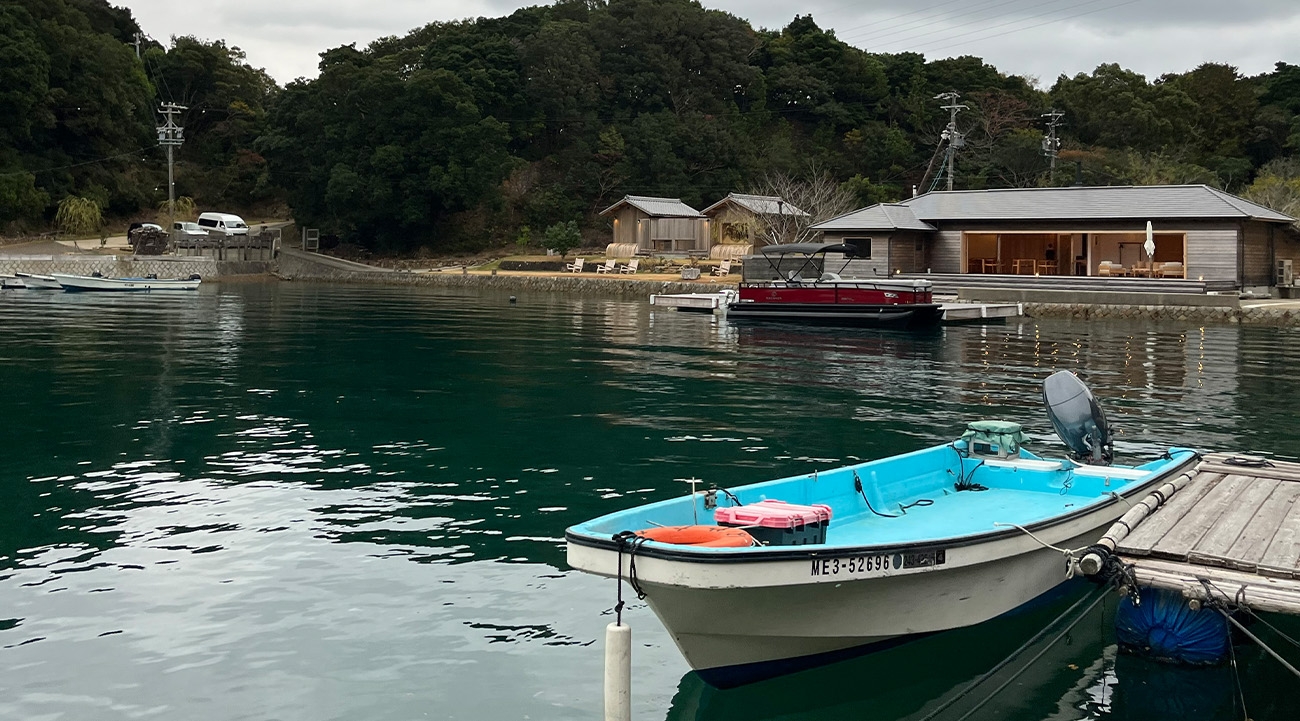
Luxury living
Cova Kakuda is an excellent example of high-end product in the region. The property boasts just four suites – the best of which resides in a former observation tower where locals would keep watch over harvested pearls – as well as a shoreside spa carved from local cedar and cypress trees. Wholesome retreats here include days spent kayaking, fishing and wood chopping, and, by night, stargazing under moonlit skies. Nearby, within the forested hills of Ise-Shima overlooking Ago Bay, is Aman’s third property in Japan.
Ryokan-inspired onsen resort Amanemu is the brand’s only property in the destination with a natural hot spring and it has made the most of this badge of honour, with a sprawling spa built around two large outdoor baths. Whether it’s the property’s minimalist design – a final triumph by late architect Kerry Hill – or the way the light falls across deliciously scented wood, the property excudes a type of calm that’s hard to describe.
In fact, it’s a feeling that permeates every experience in Mie prefecture, from its many shrines and temples – a lot of which, like the Ise Grand Shrine, are among Japan’s most visited and most prized – to the mystical landscapes of the World Heritage-listed Kumano Kodo pilgrimage route, which snakes across the Kii Peninsula. Mie prefecture indeed feels like a well-kept secret – although it won’t be under the radar for long.
